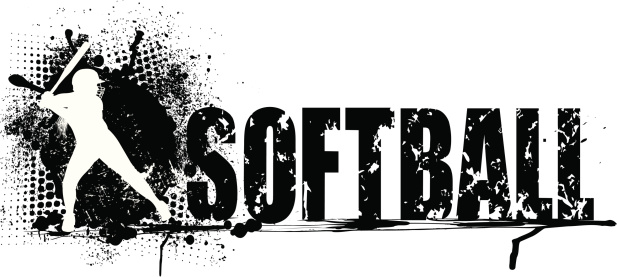
Softball versus Baseball
Let’s make one point clear about hitting, you can’t hit the ball if you’re not swinging the bat. You must have the mindset that you look forward to crushing the ball each time you step in the batter’s box. Sure, you’re not trying to “kill the ball” when you swing–too many problems often result when you attempt to swing for the fences like over-striding, pulling your head and getting your hands under the ball. Hitting a softball is vastly different than hitting a baseball due to the size and weight of the ball as well as the distance from the pitcher’s rubber to home plate. In this respect individuals who coach softball hitters to hit as they learned to hit a baseball often make some fundamental mistakes that will deter the success and confidence that an emerging hitter needs.
Unless we face a pitcher who is struggling with her control our general philosophy is to recognize good pitches as well as good pitch counts and crush the ball. I have observed that players who do not swing through the ball on contact struggle with generating the prerequisite strength that the hitter needs to drive the ball. In baseball a hitter can often be successful putting the ball in play in the outfield by making contact, using the pitcher’s velocity and the smaller diameter of the ball to generate the momentum of the batted ball upon contact. The circumference of a baseball is about 9″ while the circumference of a softball is 12″. A softball weighs approximately an ounce more. When a softball player makes contact with the ball she needs to power the ball through her swing. The release point of the ball from the pitcher along with the proximity of the plate to the mound are additional factors that make hitting fastball softball pitching momentously different than hitting a baseball.
The thirty minute video by legendary softball coach Sue Enquist that follows is an excellent resource for dedicated hitters to refer to in order to apply proper hitting fundamentals
Hitting Video with Sue Enquist
|

A couple things have to happen to make ideal impact; one, you have to let the ball travel deep enough into the hitting zone and two, your front elbow has to move up and around your body.
An important and misunderstood component of hitting is arm extension and the long part of the swing, also referred to the Power “V”. Great swing mechanics can be broken down into two simple elements; short and compact to the ball, long through the ball. It is this concept of “getting long” that really sets the great hitters apart. The longer a player can keep the bat in the plane of the pitch, the better chance they will hit the ball and make contact. Accomplished softball hitters understand the importance of keeping the wrists square at contact and push through to the “V” without rolling through the ball, but rarely is it taught. You simply cannot ignore the significance of having a long swing and keeping the bat in the plane of the ball as long as possible.
Video Library for Hitters:
